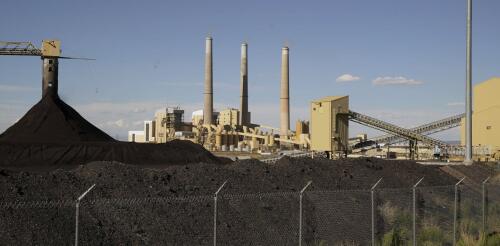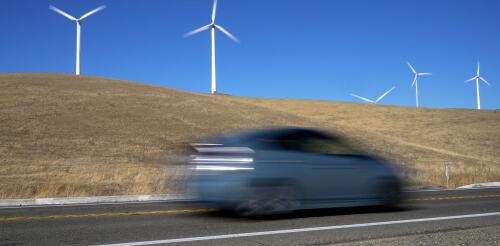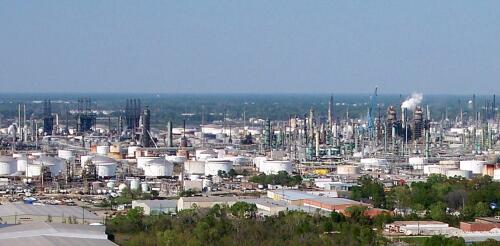Fossil fuels
Imagine a future with nearly silent air taxis flying above traffic jams and navigating between skyscrapers and suburban droneports. Transportation arrives at the touch of your smartphone and with minimal environmental impact. This isn’t just science fiction. United Airlines has plans for these futuristic electric air taxis in Chicago and New York. The U.S. military is already experimenting with them. And one company has a contract to launch an air taxi service in Dubai as early as 2025. Another company hopes to defy expectations and fly participants at the 2024 Paris Olympics. Backed by billions of dollars in venture capital and established aerospace giants that include Boeing and Airbus, startups across the world such as Joby, Archer, Wisk and Lilium are spearheading this technological revolution, developing electric vertical takeoff and landing (eVTOL) aircraft that could transform the way we travel. Electric aviation promises to alleviate urban congestion, open up rur...
Electric power generation in the U.S. is shifting rapidly away from fossil fuels toward cleaner and lower-carbon sources. State clean energy targets and dramatic declines in the cost of renewable electricity are the most important reasons. But fossil fuel plants still generate 60% of the U.S. electricity supply, producing air, water and land pollutants and greenhouse gases in the process. To reduce these impacts, the Environmental Protection Agency announced a suite of rules on April 25, 2024. They focus mainly on coal plants, the nation’s most-polluting electricity source. As an environmental lawyer who has been in practice since the early 1970s, I believe these curbs on power plant pollution are long overdue. The new rules close loopholes in existing laws that have allowed coal-fired power plants to pollute the nation’s air and water for decades. And they require utilities to drastically slash these plants’ greenhouse gas emissions or close them down. Oppon...
Earth Day is April 22, and climate activists around the world are planning rallies and other events to draw attention to the growing threats posed by climate change. Many of these demonstrations will focus on what humanity can do to stop fueling the damage. But while activists are amplifying the dire findings from scientists, you’ll likely see fossil fuel supporters attacking them on social media and TV. It’s easy to get caught up in the myths about climate activism, particularly in today’s polarized political environment. So, let’s take a moment to explore the truth about three of the big myths being told about climate activism and the climate movement today. Myth 1: Climate activists are just young people The media tends to focus most of its attention on young people in the climate movement, including those inspired by Greta Thunberg’s school strikes for climate, the international Fridays for Future, or the Sunrise Movement, which focuses on U....
Panasonic’s new US$4 billion battery factory in De Soto, Kansas, is designed to be a model of sustainability – it’s an all-electric factory with no need for a smokestack. When finished, it will cover the size of 48 football fields, employ 4,000 people and produce enough advanced batteries to supply half a million electric cars per year. But there’s a catch, and it’s a big one. While the factory will run on wind and solar power much of the time, renewables supplied only 34% of the local utility Evergy’s electricity in 2023. In much of the U.S., fossil fuels still play a key role in meeting power demand. In fact, Evergy has asked permission to extend the life of an old coal-fired power plant to meet growing demand, including from the battery factory. With my students at Wellesley College, I’ve been tracking the boom in investments in clean energy manufacturing and how those projects – including battery, solar panel and wind turbine...
Billions of federal tax dollars will soon be pouring into Louisiana to fight climate change, yet the projects they’re supporting may actually boost fossil fuels – the very products warming the planet. At issue are plans to build dozens of federally subsidized projects to capture and bury carbon dioxide from industries. On the surface, these projects seem beneficial. Keeping carbon dioxide out of the atmosphere prevents the greenhouse gas from fueling climate change. In practice, however, this may lead to a net increase in fossil fuel production and more emissions. That’s because many of these carbon capture projects will be handling emissions from facilities that rely on oil and natural gas – in fact, many of the projects are tied to major oil and gas companies through subsidiaries. Under new federal rules, the projects can receive generous tax subsidies. The more carbon dioxide the factories produce and capture, the more federal money the projects can r...




